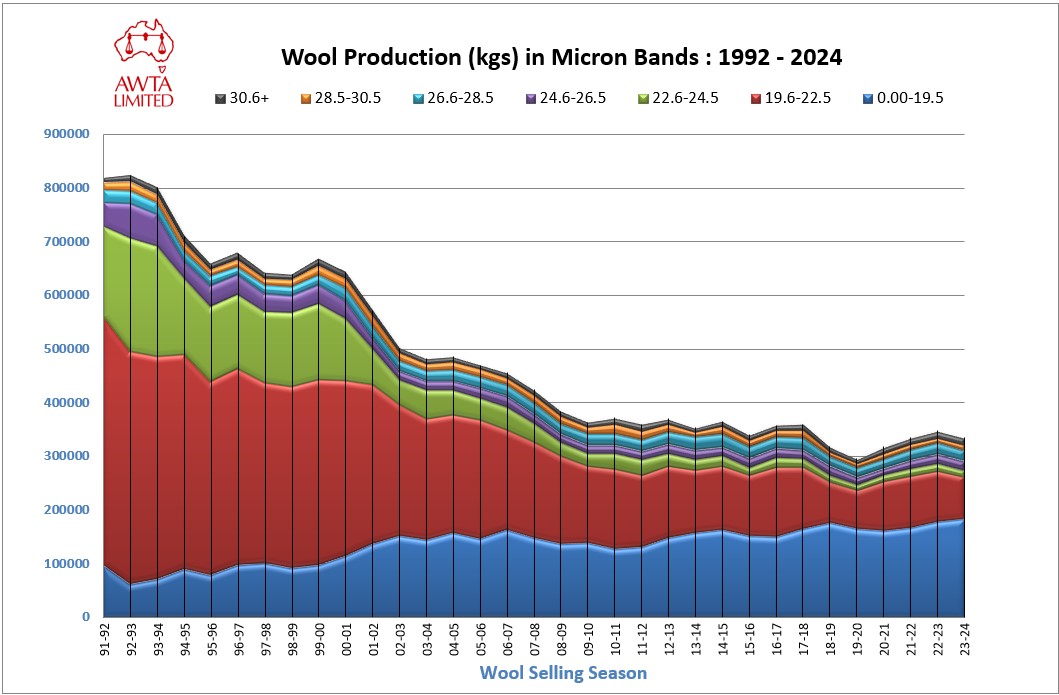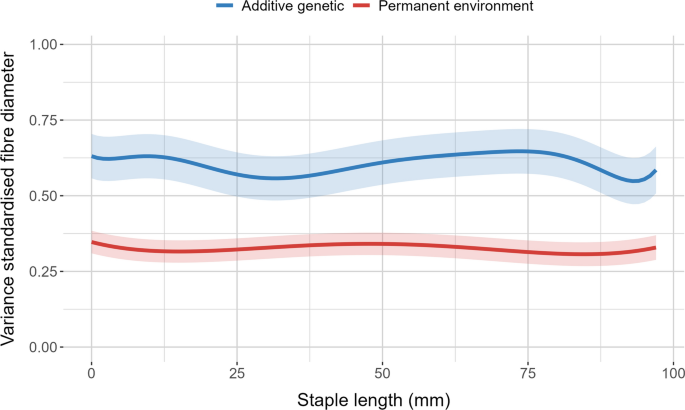Streamlining Measurements with a High-Accuracy Optical Fibre Diameter Analyser
Streamlining Measurements with a High-Accuracy Optical Fibre Diameter Analyser
Blog Article
Optimize Your Fiber Optic Efficiency: Comprehending Optical Fiber Diameter Analyser Modern Technology
The performance of fibre optic systems is critically affected by the accuracy of their diameter, a variable commonly overlooked in the quest of optimal signal integrity. Comprehending the technology behind optical fiber diameter analysers exposes the elaborate equilibrium between dimension precision and production quality. These gadgets not only improve compliance with sector standards yet also supply real-time insights that can preemptively deal with potential concerns. The implications of their usage extend beyond plain measurement; they can basically alter the landscape of fiber optic efficiency. What factors should one take into consideration to harness their complete potential?
Relevance of Optical Fibre Diameter
The diameter of optical fibre plays a vital function in identifying the performance and effectiveness of communication systems. It influences numerous vital parameters, including the setting of light propagation, depletion, and data transfer capacity. Bigger diameters normally permit multiple light modes, assisting in greater information transmission prices. On the other hand, smaller sized sizes have a tendency to sustain fewer settings, which can boost signal quality and reduce crosstalk.

In addition, comprehending the diameter's ramifications can cause cost savings by reducing the requirement for signal boosting and repeaters in comprehensive networks (optical fibre diameter analyser). Finally, the significance of optical fibre diameter can not be overstated, as it straight impacts the total performance and integrity of contemporary communication systems

Just How Diameter Affects Signal Quality
Signal quality in optical fibre systems pivots considerably on the size of the fiber. A smaller sized size can lead to higher depletion prices, resulting in signal loss as light journeys with the fibre.
Conversely, larger sizes normally enable enhanced light capture and minimized modal diffusion, boosting signal quality. In multimode fibers, a bigger core diameter can support numerous light settings, yet it might also present intermodal diffusion, which can break down signal high quality. Consequently, selecting the optimum fibre diameter is crucial for accomplishing the preferred efficiency in specific applications.
Moreover, the communication between the fiber diameter and the wavelength of the light utilized plays a crucial role in figuring out the effective transmission range and total signal honesty. As such, recognizing just how fibre diameter influences signal high quality is vital for network developers and engineers making every effort to maximize optical fiber systems for trustworthy, high-speed information transmission.
Summary of Size Analyser Innovation
In lots of optical fiber production processes, precise dimension of fibre diameter is vital for guaranteeing consistent performance and top quality (optical fibre diameter analyser). Diameter analysers are innovative tools created to evaluate the physical dimensions of optical fibres with high precision. They use innovative optical and laser innovations to measure the diameter, ovality, and concentricity of the fiber, hence providing important information for high quality control
These analysers can operate in-line throughout the production process or as component of off-line testing procedures. In-line systems enable real-time monitoring, enabling producers to change specifications right away, thus preserving optimal production problems. Off-line analysers, on the various other hand, supply thorough evaluations of batches, making certain that any type of variances from defined tolerances are determined and dealt with.
Size analysers considerably contribute to the decrease of flaws in optical fibers, improving general item dependability. By continually gauging essential parameters, these innovations help with conformity with industry standards and specifications. As the need for high-performance optical fibers remains to rise, the role of size analysers ends up being progressively important in accomplishing the preferred quality and performance requirements in fibre optic systems.
Trick Attributes of Fibre Diameter Analysers
Although various models of fibre diameter analysers exist, they generally share numerous essential functions that boost their performance and dependability. Among one of the most significant attributes is high-resolution dimension capacities, which ensure accurate diameter analyses, important for keeping top quality control in fibre production. Additionally, several analysers integrate sophisticated optical sensors developed to find minute variations in fibre diameter, therefore providing important data for procedure optimization.
An additional essential feature is real-time surveillance, allowing operators to obtain immediate feedback on fiber size throughout the production process (optical fibre diameter analyser). This capacity helps with quick modifications and reduces the possibility of flaws. Many analysers also come equipped with user-friendly interfaces, allowing operators to conveniently browse through settings and data results
Additionally, robust data storage space and evaluation capabilities are necessary for tracking historic efficiency patterns and making sure compliance with market criteria. Some models also offer connection choices for assimilation right into existing production control systems, improving total functional efficiency. Small and portable layouts allow for flexible implementation within manufacturing environments, ensuring that top quality assurance processes are smooth and reliable. These functions jointly add to the effectiveness of fibre size analysers in maximizing fiber optic performance.
Ideal Practices for Fibre Optimization

First, normal calibration of optical fiber diameter analysers is vital. This makes sure precise dimensions and lessens potential discrepancies that can influence performance. Next off, keeping a tidy working setting is vital; dust and impurities can cause signify destruction.
Furthermore, it is vital to choose fibers that meet particular application needs. This includes examining variables such as depletion, transmission capacity, and ecological conditions. Proper installment methods should additionally be stuck to, consisting of staying clear of sharp bends and extreme stress, which can compromise fiber integrity.
Moreover, employing sophisticated tracking systems can assist in real-time performance analyses, their explanation allowing punctual identification of issues. Normal testing and maintenance must be conducted to make sure that fibers stay within optimal operational parameters.
Finally, training workers on the newest fiber optimization innovations and techniques will boost their capacity to apply efficient techniques. By adhering to these best methods, companies can significantly enhance the performance and life-span of their optical fibre systems, making sure reliable interaction and data transfer.
Conclusion
Finally, the integration of optical fiber size analyser technology is essential for taking full advantage of fiber optic performance. By ensuring precise dimensions of fibre measurements, these analysers considerably boost signal top quality and decrease losses during data transmission. Regular look at here now calibration and maintenance of the analysers are critical to maintain ideal efficiency and compliance with sector standards. Ultimately, the application of this technology assists in improved data transmission rates and reinforces signal stability, adding to the overall performance of fiber optic systems.
Signal top quality in optical fibre systems pivots substantially on the size of the fiber.In many optical fibre production processes, exact dimension of fiber diameter is essential for ensuring consistent efficiency and high quality. As the need for high-performance optical fibers continues to increase, the role of diameter analysers comes to be significantly important in achieving the desired quality and efficiency criteria in fibre optic systems.
These features jointly add to the efficacy of fiber diameter analysers in maximizing fiber optic efficiency.
In final thought, the integration of optical fibre diameter analyser innovation is crucial for optimizing you can find out more fiber optic efficiency.
Report this page